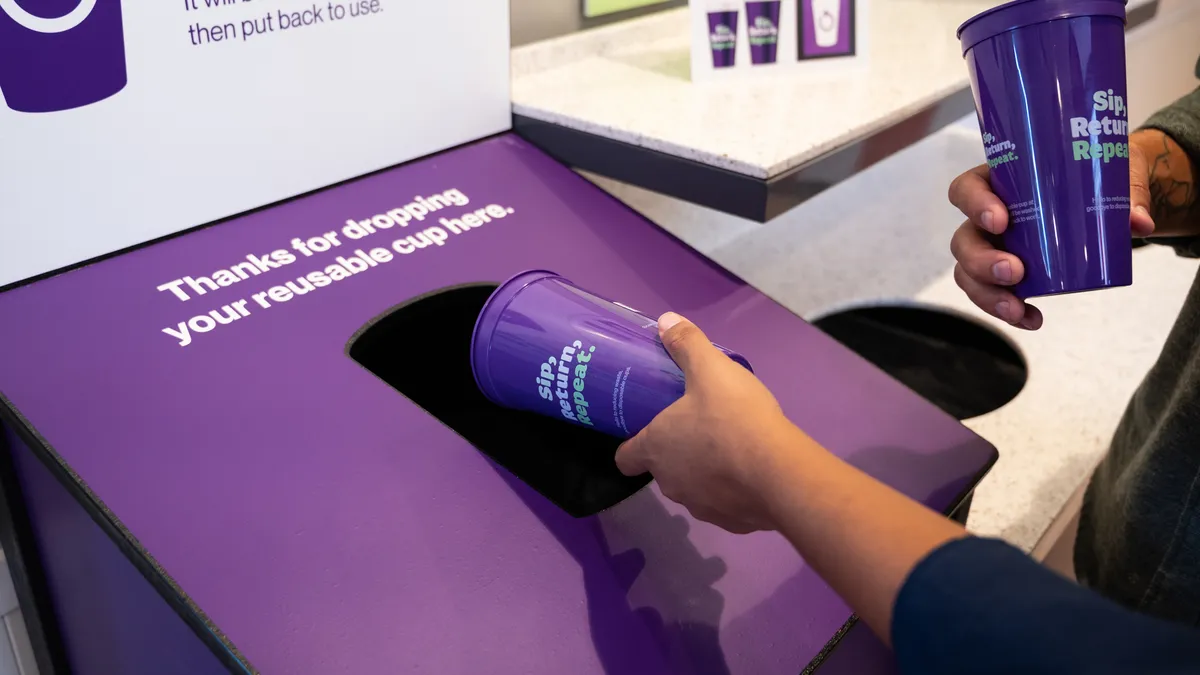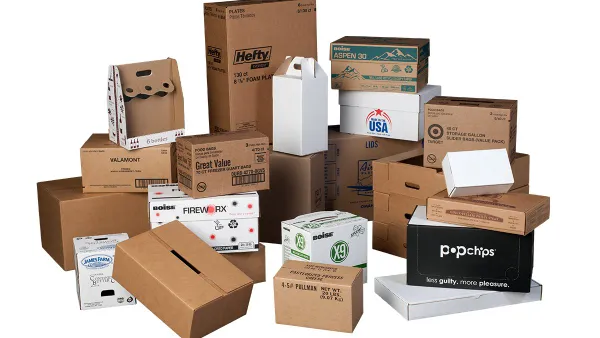The paper products industry showed growth in April, while plastics contracted, according to April manufacturing data.
The Institute for Supply Management’s Report on Business recorded a Purchasing Managers’ Index at 47.1%, a 0.8 percentage point increase from March and a fifth month of consecutive economic contraction. S&P Global’s US Manufacturing PMI indicated growth this past month, with a reading of 50.2, the first time since this past October it’s been above 50.0, which indicates economic expansion in the industry.
ISM reported April growth for paper products in new orders, employment and order backlogs; faster supplier deliveries; and paying lower prices for raw materials. Production decreased, however. The industry reported that customer inventories were too high. Among packaging manufacturers, for example, International Paper said last week that it saw box shipments increase in April about 5% sequentially from March. The company expects that destocking will wind down midway through the year, with demand to improve and normalize in the second half of the year.
Overall, plastics and rubber products were among the industries that contracted in April and reported slower supplier deliveries, shrinking inventories and paying higher prices for raw material. The category also reported that customer inventories were too high. Import volumes were lower, as were new export orders. But this category was also among the industries that reported growth in new orders, production and employment for the month.
According to ISM, the commodities that experienced price increases were polypropylene and high density polyethylene. Commodities that were down in price included aluminum, corrugated boxes, steel and wood pallets. Plastic resins were both up and down in price; they’re also considered in short supply.
Chris Williamson, chief business economist at S&P Global Market Intelligence, said in the group’s report that manufacturing output data shows “some encouraging momentum at the start of the second quarter.”
“Although only modest, the rise in new orders hints at a tentative revival of demand, notably from consumers but there are also signs that fewer customers are deliberately winding down their inventory levels,” Williamson said.
The Federal Reserve’s Federal Open Market Committee is slated to meet this week and the Fed is expected to once again raise interest rates, which could further affect demand.















